Alaeddine Bourara, hardware specialist at Total Padel, delivers a complete guide to allow all players to effectively test a racket. An essential procedure that will make your choice easier when you are hesitating between several palas.
Why test a racket?
Each racket has its own characteristics and it is important to understand them well to avoid ending up with a model that is unsuitable for your style of play.
- The form : diamond, drop of water or round. Depending on its shape, the racket will be more oriented towards attack or defense.
- The weight : heavy or light. The pala will have a particular performance depending on its weight.
- Weight balance : at the head of the racket, in the center or in the handle, the balance will impact control and maneuverability.
- The materials : the composition of the foam, the structure of the frame and the covering of the faces symbolize the identity of the racket and will determine the comfort of play.
All these characteristics can be viewed for each model in the racket description page when you search for it on the internet. Talking to a hardware specialist can also give you more details.
Approach the testing phase well
When you have made the decision to change rackets, it is necessary to test several models at once. Total Padel, which has the best testing program in Europe, will easily allow you to try different palas with similar profiles at the same time so you can make comparisons. Total Padel advises in this sense not to test more than three rackets in parallel to avoid getting lost.
First of all, make sure of the actual weight of the racket, because on each pala there can be a difference of plus or minus ten grams compared to the advertised weight. Then, check the weight distribution by placing it for example on the net, in order to find the balance point.
Testing a racket in play
Now it's time to test your racket on the track. To get a good idea of the profile of the pala, you will have to try it in all situations: from the baseline before and after the glass, on the fly, in bandeja/vibora, and smash. Don't hesitate to repeat scales in all phases of play to get a complete point of view.
For the test to be optimal, it is best to avoid playing a friendly game or a simple warm-up. The ideal performance of a test is obtained during one-on-one diagonal training. In this way, you will be able to explore all phases of the game using movements and shot choices that you will find in a match.
The final advice from Total Padel towards all players who will follow this guide: take your time, play as much as possible and concentrate on your feelings while avoiding giving too much importance to comments coming from outside, because it is you and you alone who will have the racket in hand in the end!
A competitive tennis player, Martin discovered the padel in 2015 in Alsace and appeared in a few tournaments in Paris. Today a journalist, he deals with current affairs padel while continuing its rise in the world of the little yellow ball!





































































































 Premier Padel Brussels P2 – A 2.0 version of the final in Chile?
Premier Padel Brussels P2 – A 2.0 version of the final in Chile? P1000 PadelShot Saint-Étienne – Pierre Vincent and Arthur Hugounenq, the kings of the “comeback”
P1000 PadelShot Saint-Étienne – Pierre Vincent and Arthur Hugounenq, the kings of the “comeback” Premier Padel Brussels P2 – Brea/Gonzalez, a tenth title together!
Premier Padel Brussels P2 – Brea/Gonzalez, a tenth title together! Guillaume Codron de Sud Padel : “A family project”
Guillaume Codron de Sud Padel : “A family project” Nallé Grinda: “Democratize the padel in the USA with PadelX "
Nallé Grinda: “Democratize the padel in the USA with PadelX " Simon Boissé: “We know that there are two nations in front of us”
Simon Boissé: “We know that there are two nations in front of us” Marie Maligo: “This period of frequent changes of partners was beneficial for me”
Marie Maligo: “This period of frequent changes of partners was beneficial for me” P1000 PadelShot Saint-Étienne – Watch the Hugounenq/Vincent – Seux/Courrin semi-final live
P1000 PadelShot Saint-Étienne – Watch the Hugounenq/Vincent – Seux/Courrin semi-final live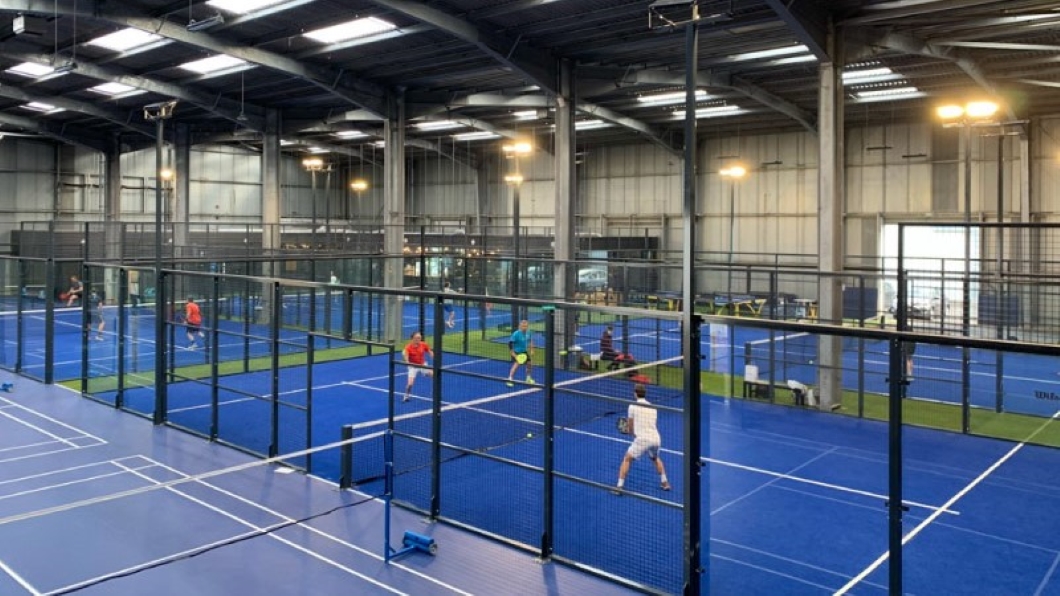 P1000 PadelShot Saint-Étienne – Follow the surprise poster Vincent/Hugounenq – Couturier/Benmergui live
P1000 PadelShot Saint-Étienne – Follow the surprise poster Vincent/Hugounenq – Couturier/Benmergui live The All Star Tour returns on May 16 at the All In in Lyon
The All Star Tour returns on May 16 at the All In in Lyon D-7 of the “BetClic Remontada Padel”, at the foot of the Eiffel Tower
D-7 of the “BetClic Remontada Padel”, at the foot of the Eiffel Tower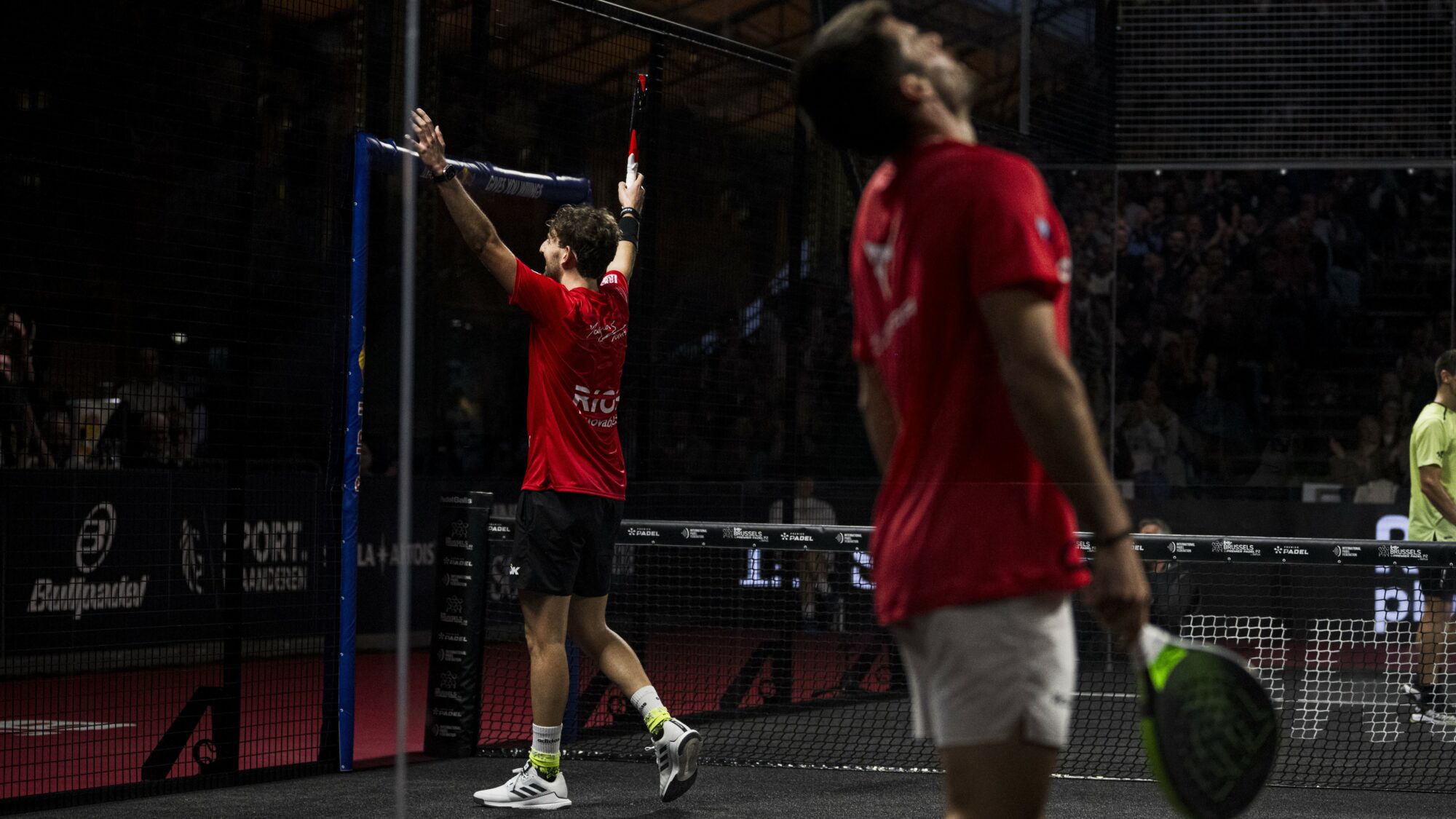 Obviously, Javi Garrido's service does not please Mike Yanguas...
Obviously, Javi Garrido's service does not please Mike Yanguas...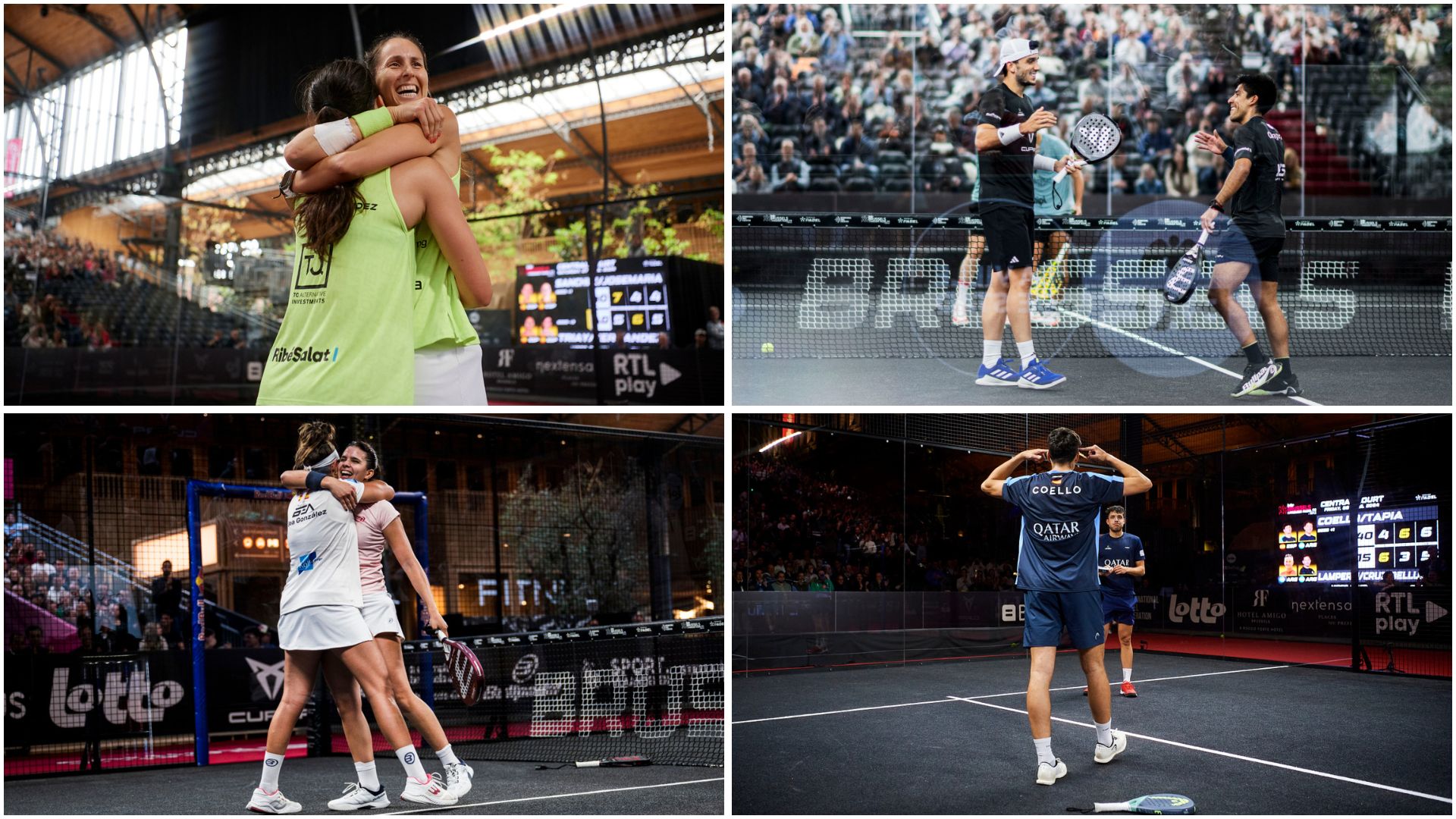 Premier Padel Brussels P2 – It’s time for the long-awaited finals!
Premier Padel Brussels P2 – It’s time for the long-awaited finals!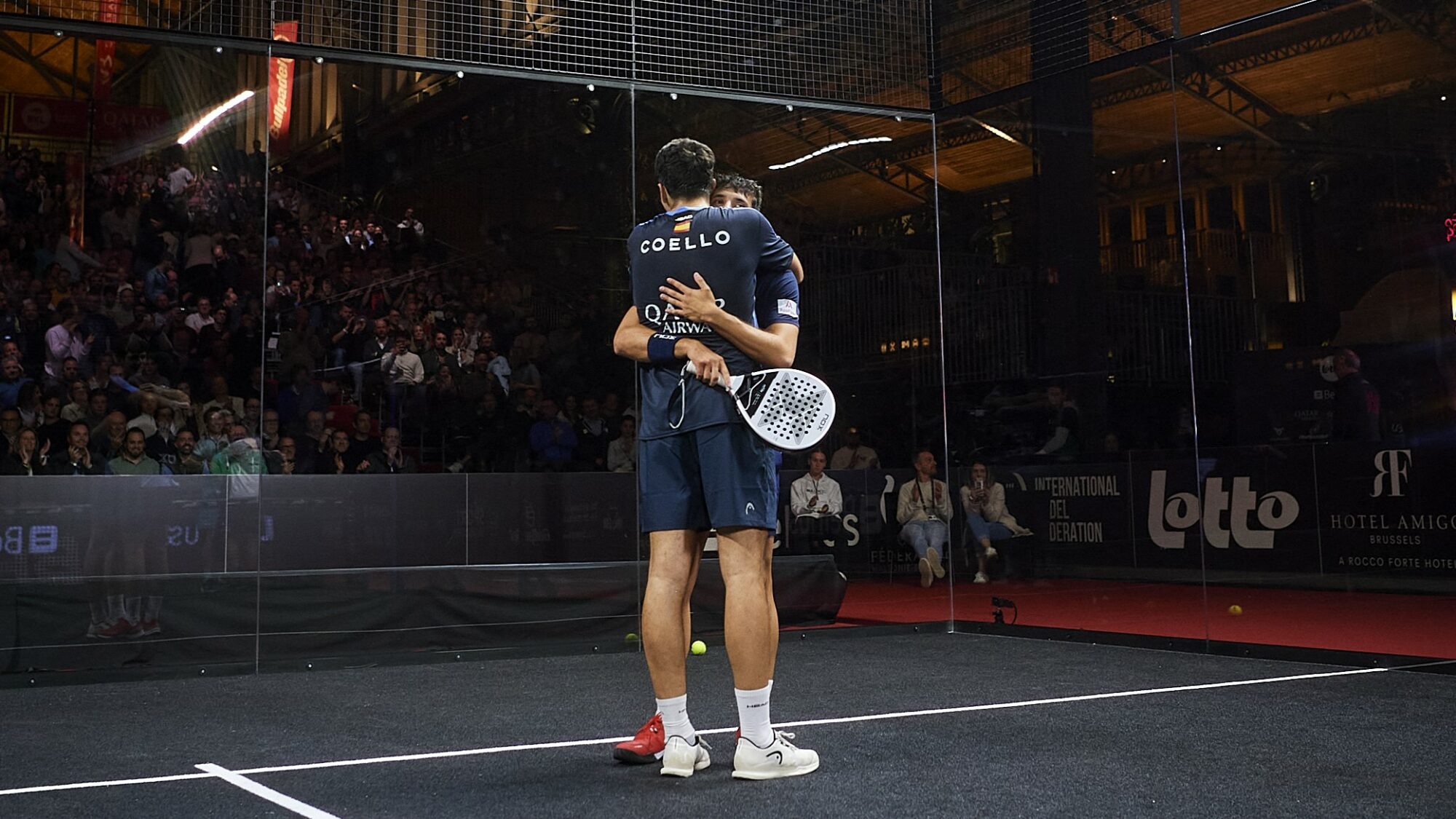 Premier Padel Brussels P2 – Arturo Coello and Agustín Tapia… obviously
Premier Padel Brussels P2 – Arturo Coello and Agustín Tapia… obviously Premier Padel Brussels P2 – Brea/Gonzalez wins the arm wrestling against Salazar/Icardo
Premier Padel Brussels P2 – Brea/Gonzalez wins the arm wrestling against Salazar/Icardo José Manuel Escin at the inauguration of Casa Padel DOS: “Finally, and thank you!”
José Manuel Escin at the inauguration of Casa Padel DOS: “Finally, and thank you!” Padel Score comes to Tahiti for American Express Padel Cup!
Padel Score comes to Tahiti for American Express Padel Cup! Do you know the Rafa Nadal Academy Tour?
Do you know the Rafa Nadal Academy Tour? Play at padel on his yacht? Possible for €233.000!
Play at padel on his yacht? Possible for €233.000!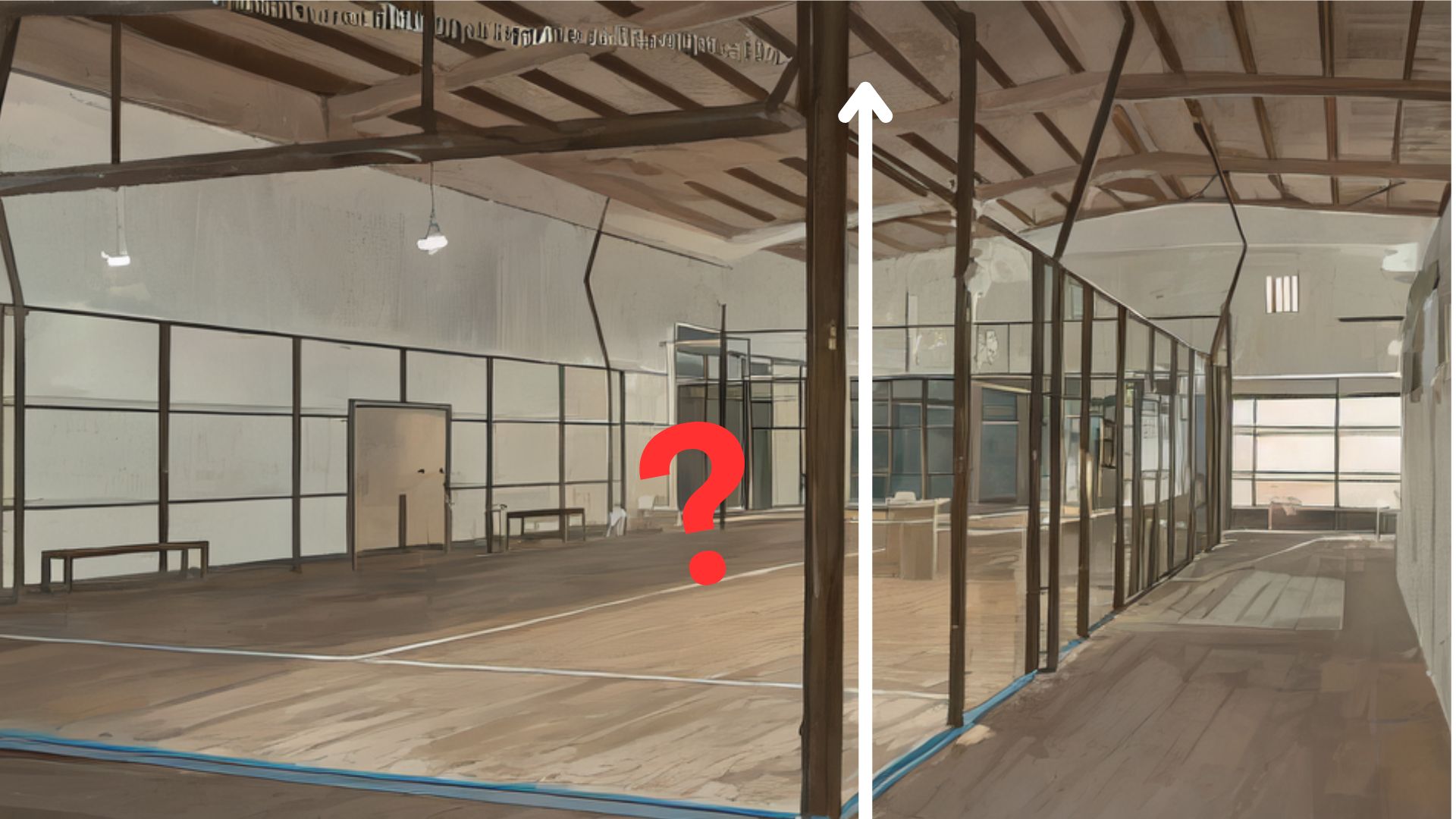 Find out everything about the dimensions of a plot of land padel
Find out everything about the dimensions of a plot of land padel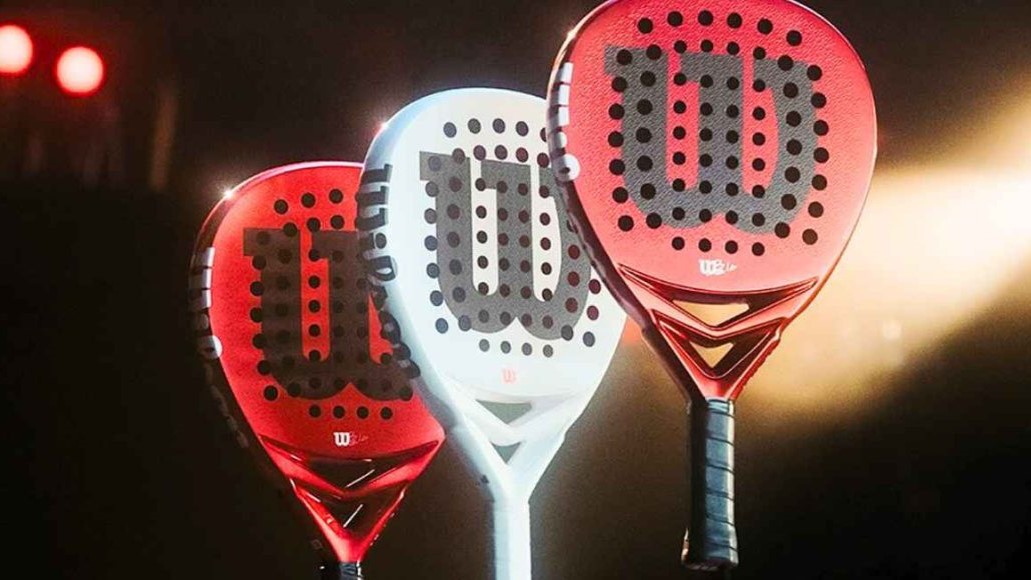 Presentation of the Wilson Bela V2.5 collection
Presentation of the Wilson Bela V2.5 collection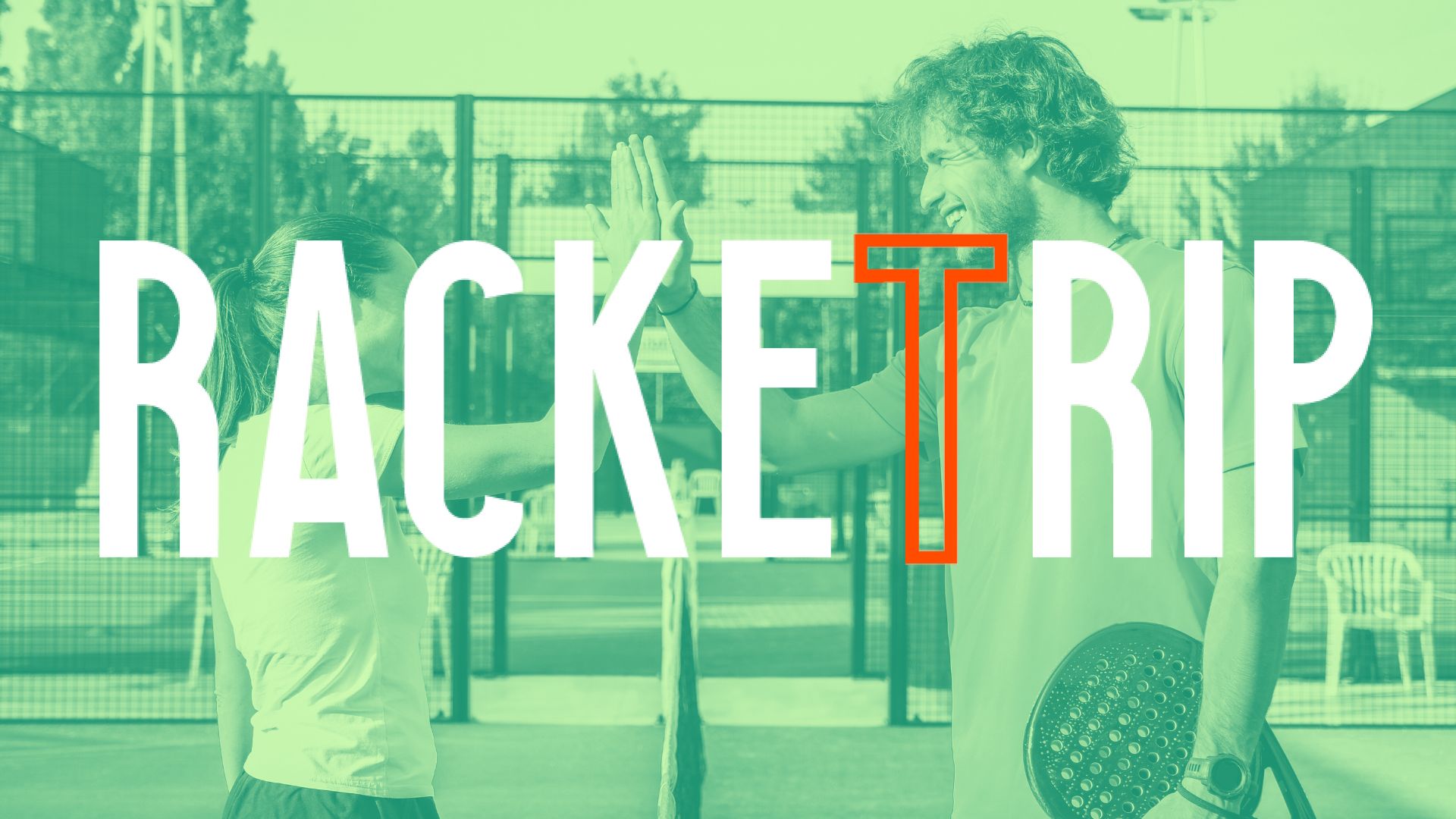 The LinkedIn of racquet sports: Racket Trip
The LinkedIn of racquet sports: Racket Trip The score at padel : manual
The score at padel : manual At the heart of padel – Episode 25: Paul and Andoni answer your questions
At the heart of padel – Episode 25: Paul and Andoni answer your questions At the heart of padel – Episode 23: defend the window well
At the heart of padel – Episode 23: defend the window well Prohibition on playing topless Padel : the reasons
Prohibition on playing topless Padel : the reasons FIP Tour – Going far from Europe, THE strategy to earn points!
FIP Tour – Going far from Europe, THE strategy to earn points! What is a good football player? padel ?
What is a good football player? padel ? “Lefties give me headaches when I play against them!”
“Lefties give me headaches when I play against them!” At the heart of padel – Episode 14: how to earn points in winter?
At the heart of padel – Episode 14: how to earn points in winter? The basic tactics of padel
The basic tactics of padel A par 4 is always a winner...even if you manage to defend it!
A par 4 is always a winner...even if you manage to defend it! Carbon fiber VS fiberglass: what to choose?
Carbon fiber VS fiberglass: what to choose? La padel to fight Parkinson's disease
La padel to fight Parkinson's disease Don't play with a cracked or broken racket, your body will thank you!
Don't play with a cracked or broken racket, your body will thank you! Michel Cymes: “The padel, physically, it’s serious!”
Michel Cymes: “The padel, physically, it’s serious!” Our Top 10 training courses padel in France and Europe
Our Top 10 training courses padel in France and Europe Jeremy Gala: “Promote the padel among young people in Belgium remains a challenge”
Jeremy Gala: “Promote the padel among young people in Belgium remains a challenge” The French Touch Academy organizes its selection day Padel-Study
The French Touch Academy organizes its selection day Padel-Study Report on the detection and training of younger generations
Report on the detection and training of younger generations